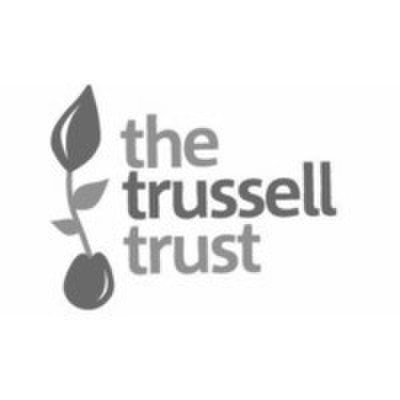We have used forecasting and simulation to forecast fashion trends; explore how testing can prevent outbreaks of covid in hospitals; assess the feasibility of biotech projects; and understand the online automotive industry.
What is forecasting?
Forecasts are typically long range predictions about a particular statistic, say the number of weekly sales, after many intervening causal steps.
When would you need it?
Accurate forecasts of internal business KPIs are obviously invaluable for planning. But there are many other use cases for forecasting. For example:
- Identifying consumer trends on behalf of your clients
- Predicting the point at which a market will be saturated with a particular product
- Forecasting demand will grow for a service in the public or private sector.
How does it work?
The success of a forecast will depend upon finding a method that can project as far as possible into the future, over many steps. We have several strategies for this:
- Search for patterns or regularities in the past values of a time series and project these patterns forward using statistical modelling
- Look for leading indicators of the value that we are trying to forecast and work out how we can best predict that value from the indicator.
- If we have reliable forecasts or even known future values (e.g. future spend) for variables that are strongly correlated with the forecasted value we can again work out how best to use these variables to predict that value.
Sometimes two or more of these strategies are combined within one technique.
What is simulation?
Simulations are computer models that imitate real world processes as they unfold over time. For example, we might simulate a market, or spread of a virus in a hospital or the behaviour of customers on a website.
When would you need it?
The real value of a simulation is that it helps you to understand the consequences of future actions that you might take or events that might happen. This is particularly true when these action or events are likely to have knock on effects on a wider system and when that system is so complex that it is hard to deduce the long term consequences of a change, or when it involves feedback loops (where the outputs of a system are fed back into it as inputs).
For example, if a market is small but expanding rapidly then small changes and relatively minor decisions at the outset can dramatically affect long term outcomes (for example, which companies become dominant, how stable the market is, how long growth goes on for.) Understanding which decisions matter most (and which hardly matter at all) and at what point, can be of enormous strategic value.
How does it work?
For simulations that involve human beings we trend to use agent-based modelling. For simpler systems we sometimes use system dynamics modelling.
Where have we used forecasting and simulation?
We have used forecasting and simulation to forecast fashion trends; explore how testing can prevent outbreaks of covid in hospitals; assess the feasibility of biotech projects; and understand the online automotive industry.







